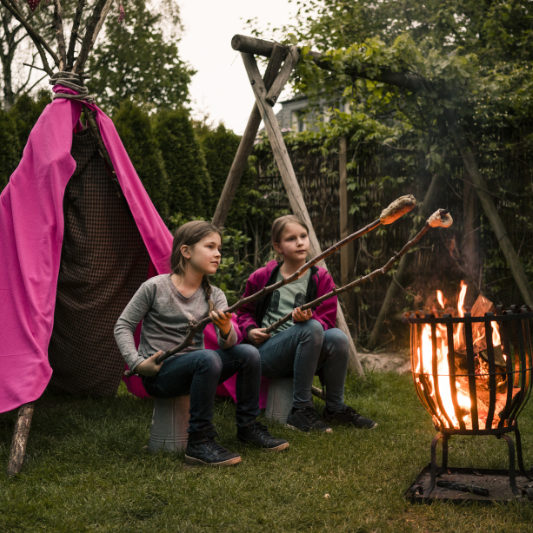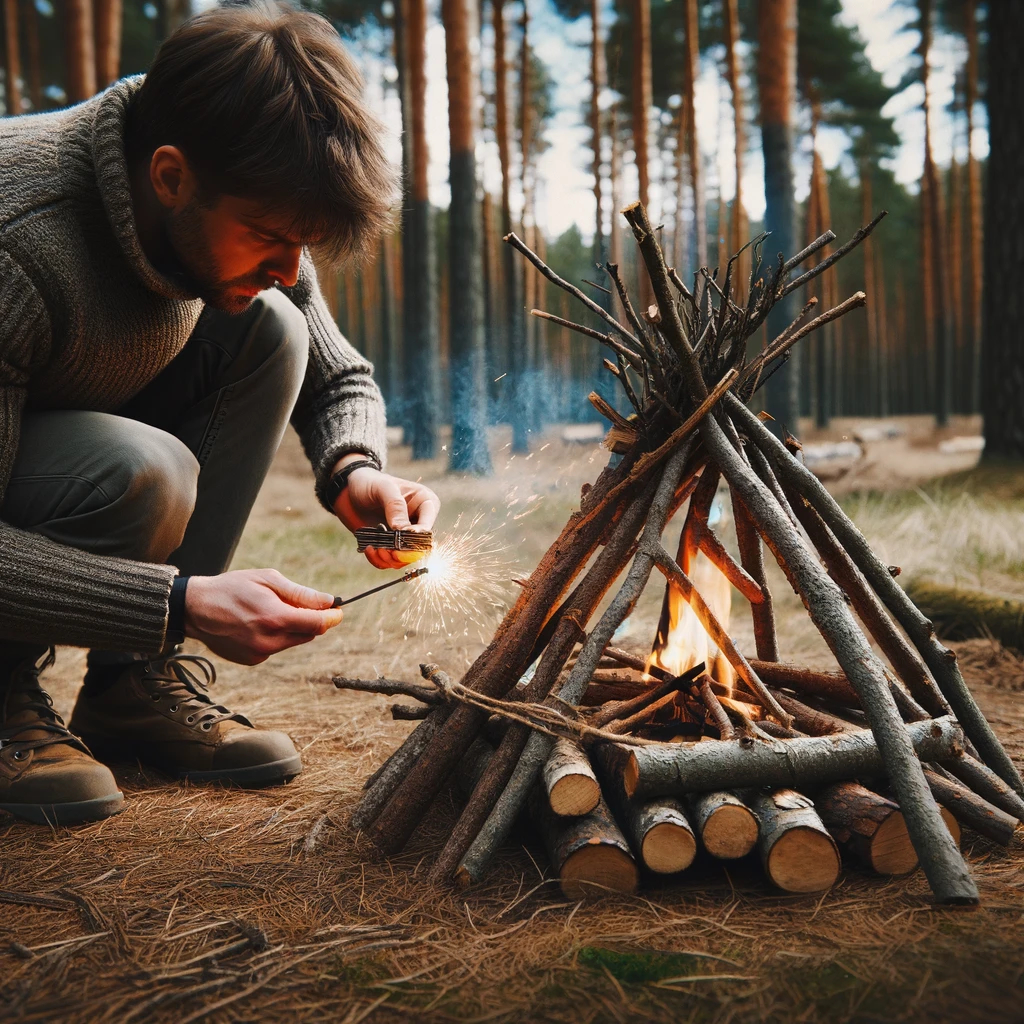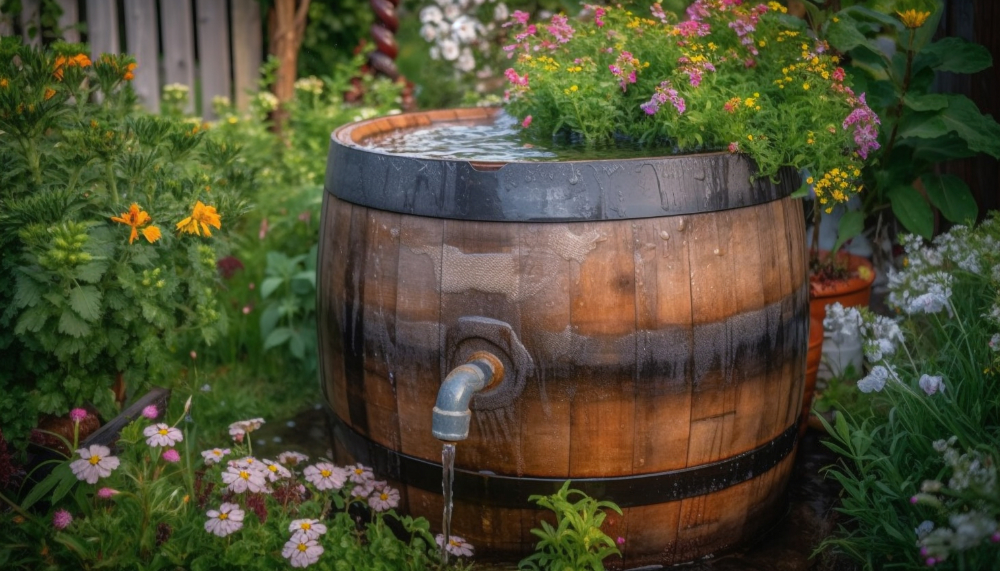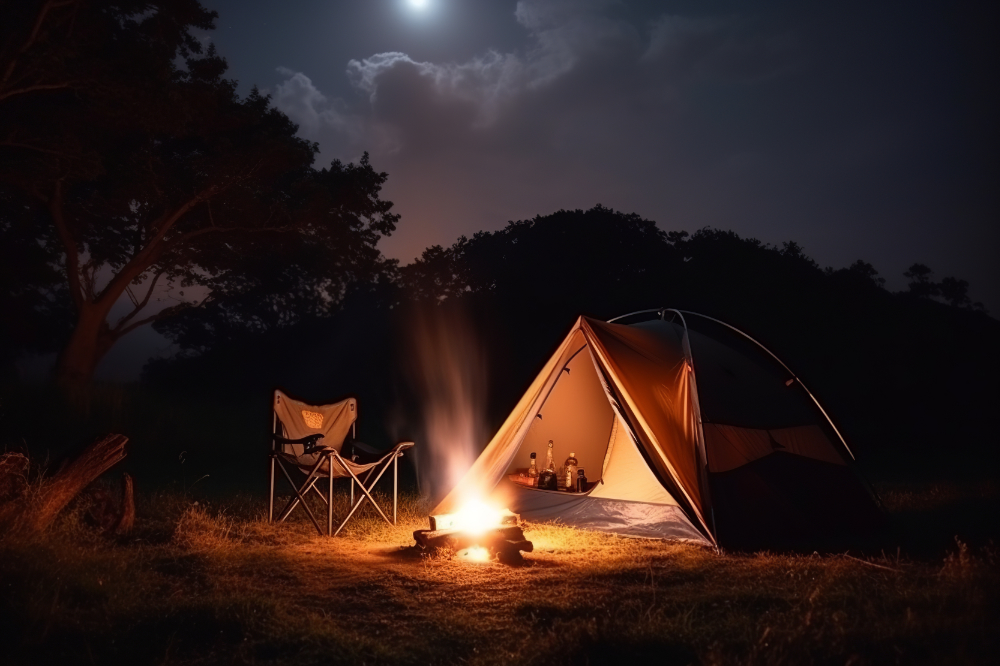There’s something primal and mesmerizing about a crackling campfire. It not only provides warmth and light but also serves as a gathering point for stories and camaraderie. Fire has been our faithful companion for millennia, and the ability to start one from scratch is an essential skill for outdoor enthusiasts, adventurers, and anyone seeking self-reliance. In this article, we’ll delve into the art of fire-making, exploring various methods, from ancient friction techniques to modern fire starters, to ensure you can ignite a blaze whenever the need arises.
The Importance of Fire
Fire is a powerful ally in the wild, offering an array of benefits beyond warmth and light. Here are some reasons why mastering fire-making is crucial:
Fire for Survival:
Fire provides heat, which is vital for regulating body temperature in cold environments. It also purifies water and acts as a signal for rescuers.
Fire for Cooking:
Fire allows you to cook food, making it safer to consume and providing a morale boost during challenging situations.
Fire for Protection:
A well-tended fire can deter wildlife and serve as a barrier against potential threats.
Comfort and Morale: Fire’s soothing ambiance and camaraderie-enhancing qualities make it an essential companion during outdoor adventures.
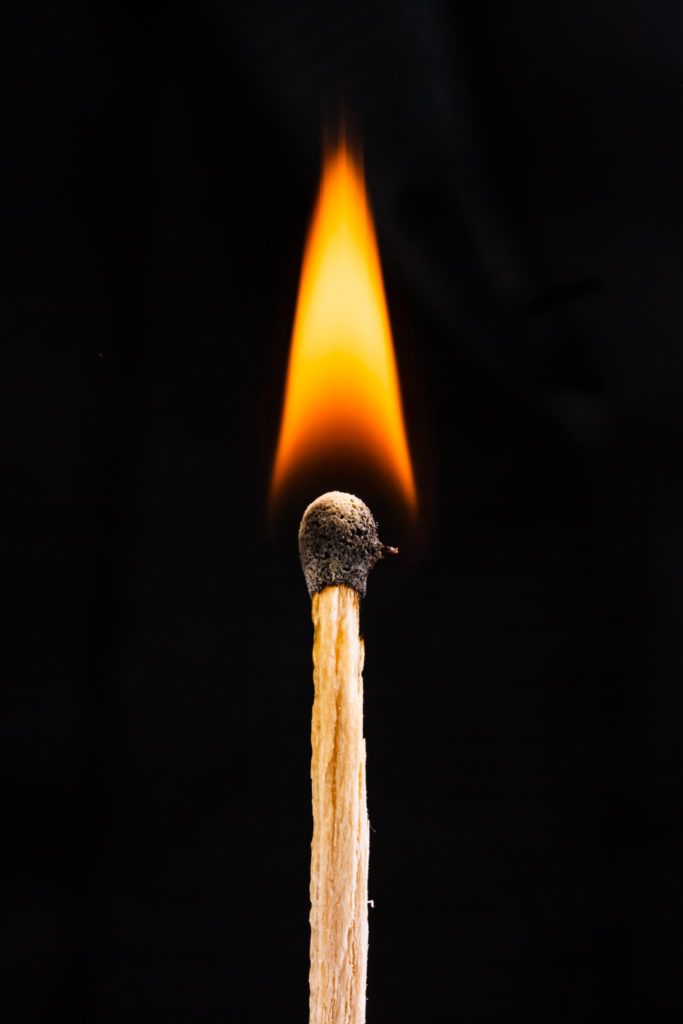
Different Methods of Fire-making
Friction Fire-making:
Friction-based methods involve creating heat through the rapid rubbing or spinning of one object against another. The generated heat ignites a tinder bundle, leading to fire. There are several techniques within this category:
Fire Plough: A flat piece of wood is scraped along a groove in another piece of wood, creating friction and generating ember.
Fire Drill (Bow Drill): A spindle is rotated using a bow, creating friction with a fireboard. The resulting ember is transferred to a tinder bundle.
Fire Saw: Similar to the fire drill, but with a sawing motion instead of a spinning one.
Flint and Steel:
Flint and steel is an age-old method that involves striking a piece of steel against a flint rock. This produces sparks that ignite char cloth, a form of treated fabric. The char cloth is then used to start the fire.
Fire Starters:
Modern fire starters are compact and reliable tools for quickly igniting a fire. These tools often contain ferrocerium rods that, when scraped with a sharp edge, create hot sparks.
Ferrocerium Rods: These rods are frequently found on multi-purpose survival tools and are a go-to choice for many outdoor enthusiasts.
Fire Pistons: Fire pistons work by rapidly compressing air, causing it to heat up and ignite a small piece of tinder.
Magnesium Fire Starter: A block of magnesium can be scraped to produce shavings that catch fire easily when ignited by sparks.
Waterproof Matches and Lighters: While not as primitive as other methods, waterproof matches and lighters are reliable tools for quickly starting a fire, especially in adverse weather conditions.
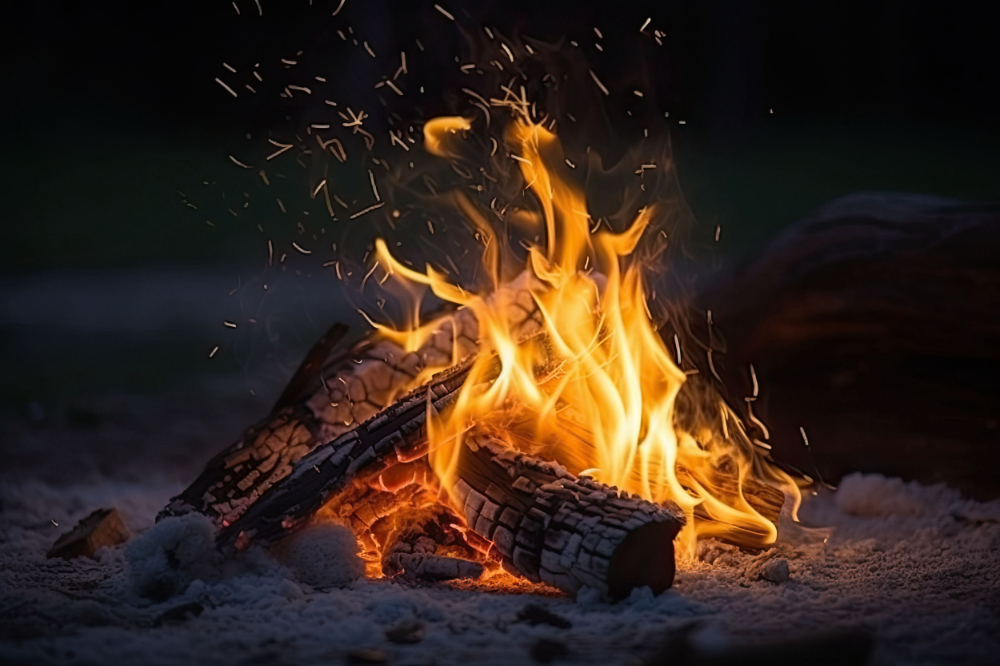
Fire-making Step-by-Step: Bow Drill Method
Among the friction-based techniques, the bow drill method is one of the most widely practiced. Here’s a step-by-step guide to using the bow drill:
Materials Needed for Bow Drill Method:
- Spindle (a straight, dry piece of wood)
- Fireboard (a flat piece of wood with a V-shaped notch)
- Bow (a curved piece of wood with a cord attached)
- Socket (a small, smooth stone or piece of wood)
- Tinder bundle (dry leaves, grass, or other fine, flammable material)
Steps to Make a Fire With the Bow Drill Method:
1. Prepare the Fireboard: Carve a V-shaped notch near the edge of the fireboard. This notch will collect the ember produced during friction.
2. Prepare the Spindle: Carve the spindle so that it fits comfortably into the socket of the fireboard. This spindle will generate heat through friction.
3. Create the Tinder Bundle: Assemble a small bundle of fine, dry tinder materials that will catch the ember and ignite. This can include dry leaves, grass, or shredded bark.
4. Set Up the Bow: Attach one end of the bowstring to each end of the bow. Wrap the bowstring around the spindle once or twice, leaving a loop for your hand to hold.
5. Prepare the Socket: Place the socket on top of the spindle’s upper end, applying downward pressure.
6. Start Drilling: Place the spindle’s lower end into the notch on the fireboard. Begin sawing the bow back and forth, causing the spindle to rotate rapidly. The friction will create heat, which will eventually produce an ember in the notch.
7. Catch the Ember: As the spindle generates heat, you’ll notice a small ember forming in the notch. Carefully transfer this ember into your tinder bundle.
8. Nurture the Flame: Gently blow on the ember within the tinder bundle, coaxing it to ignite the surrounding materials.
9. Build the Fire: Once the tinder bundle ignites, carefully place it under a small stack of dry kindling and firewood to build your fire.
In Conclusion
Fire-making is a timeless skill that connects us to our ancestors and to the natural world. Whether you’re an avid outdoor adventurer or simply interested in self-reliance, knowing how to start a fire using various methods is a valuable asset. With practice, you can become proficient in friction-based techniques, flint and steel, or even modern fire starters, ensuring that you can ignite a blaze to keep you warm, cook your meals, and provide comfort during your outdoor journeys. Remember, fire-making is as much about patience and technique as it is about the right materials and tools, so take the time to master this essential skill and unlock the ancient art of fire.
